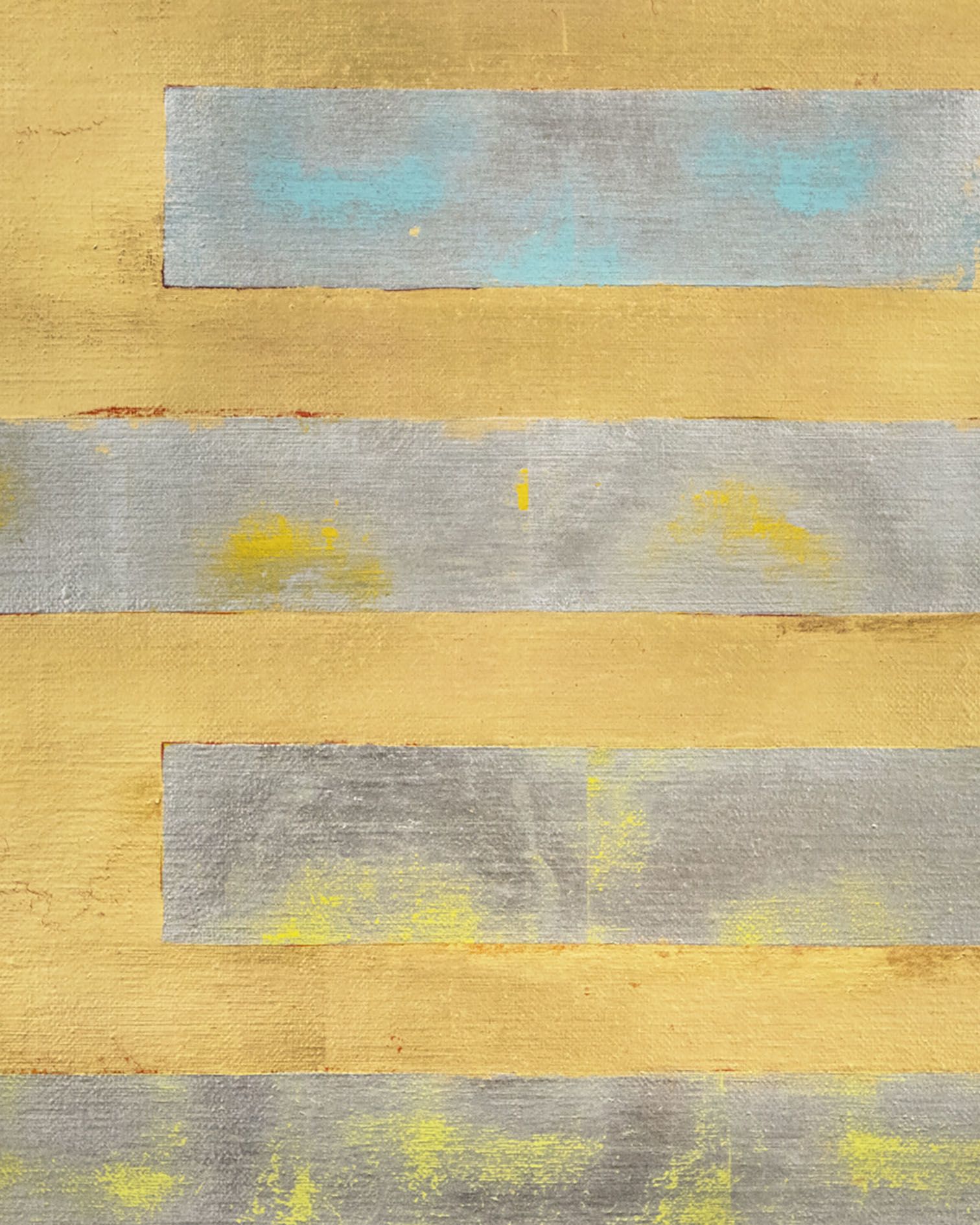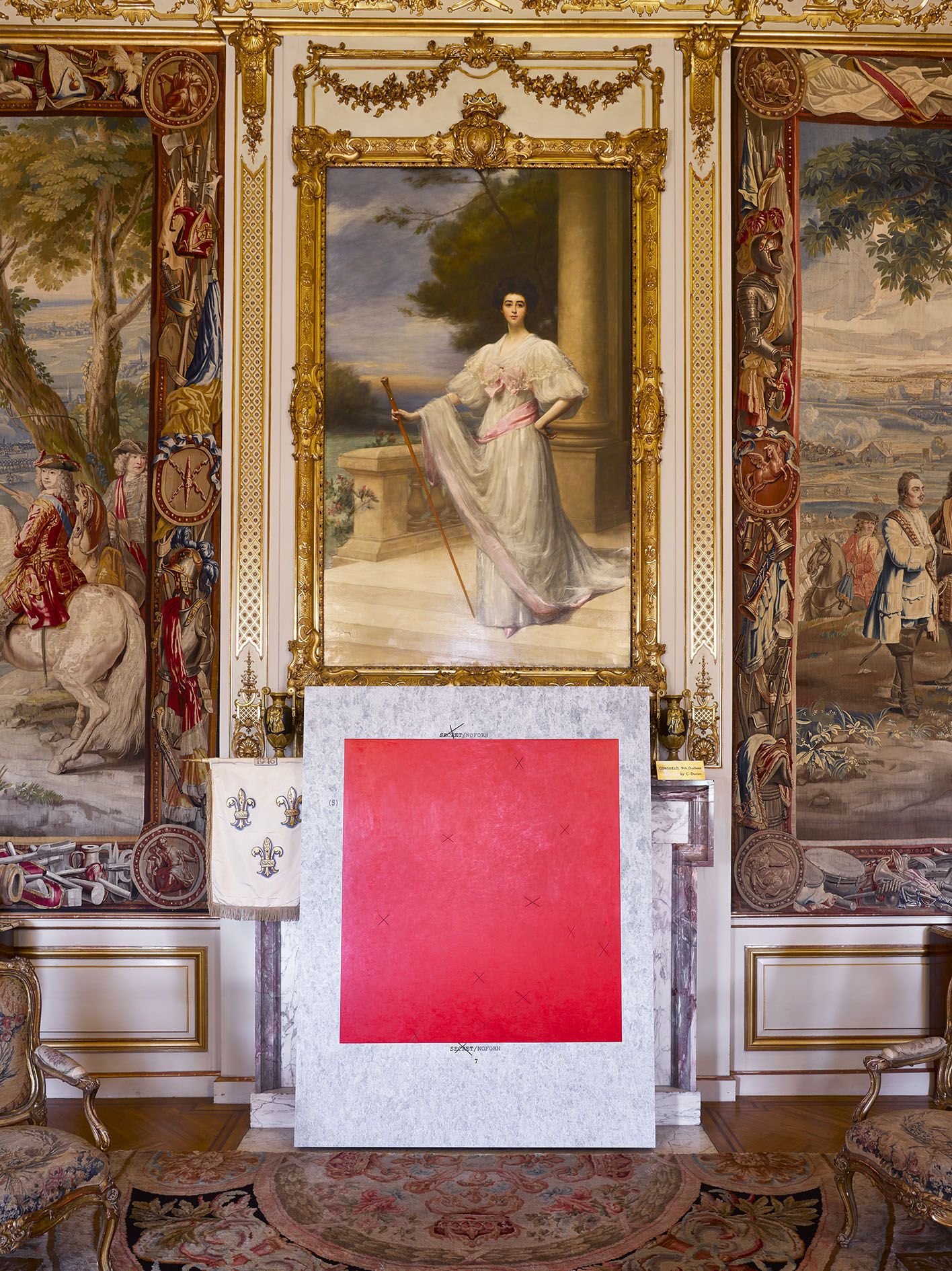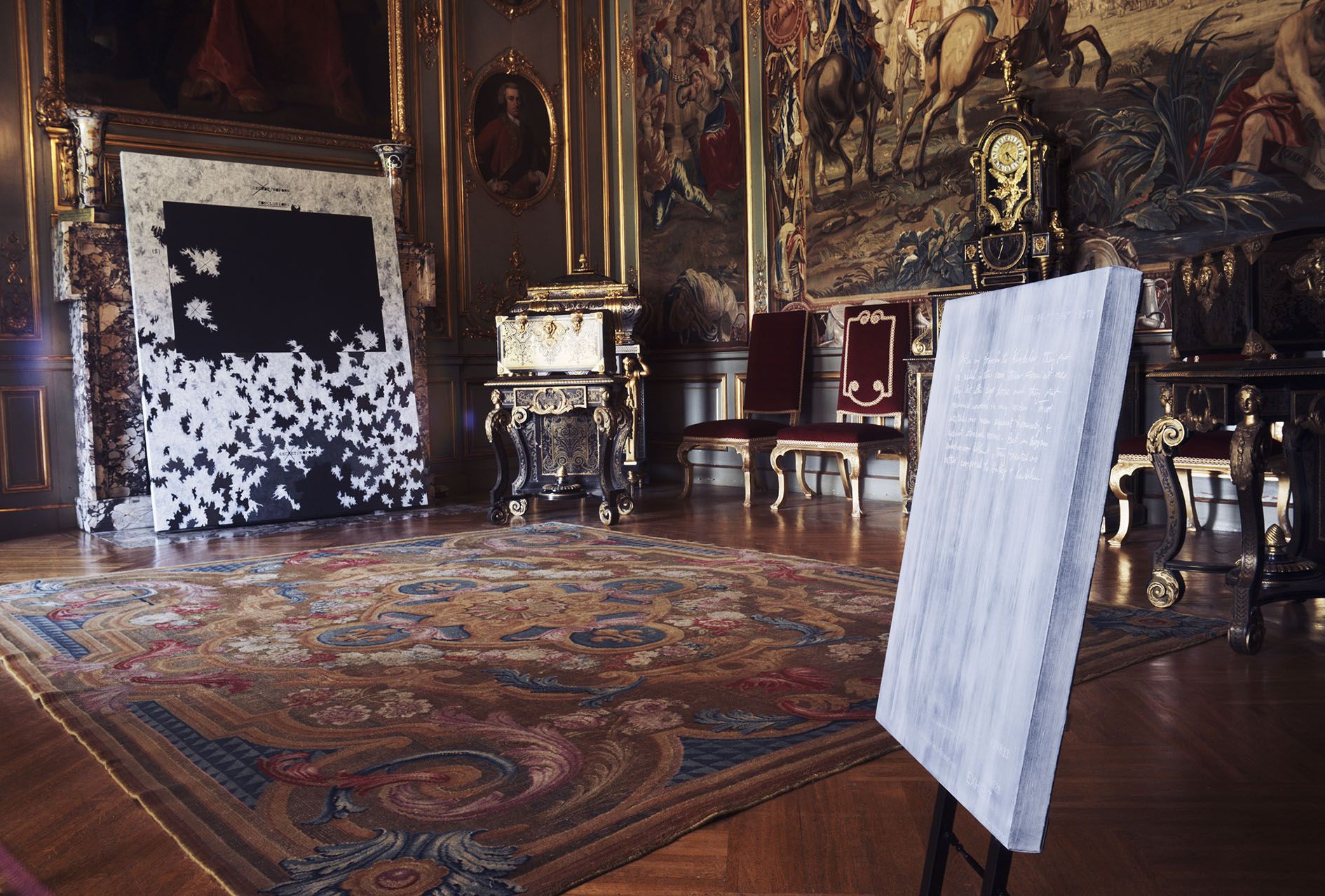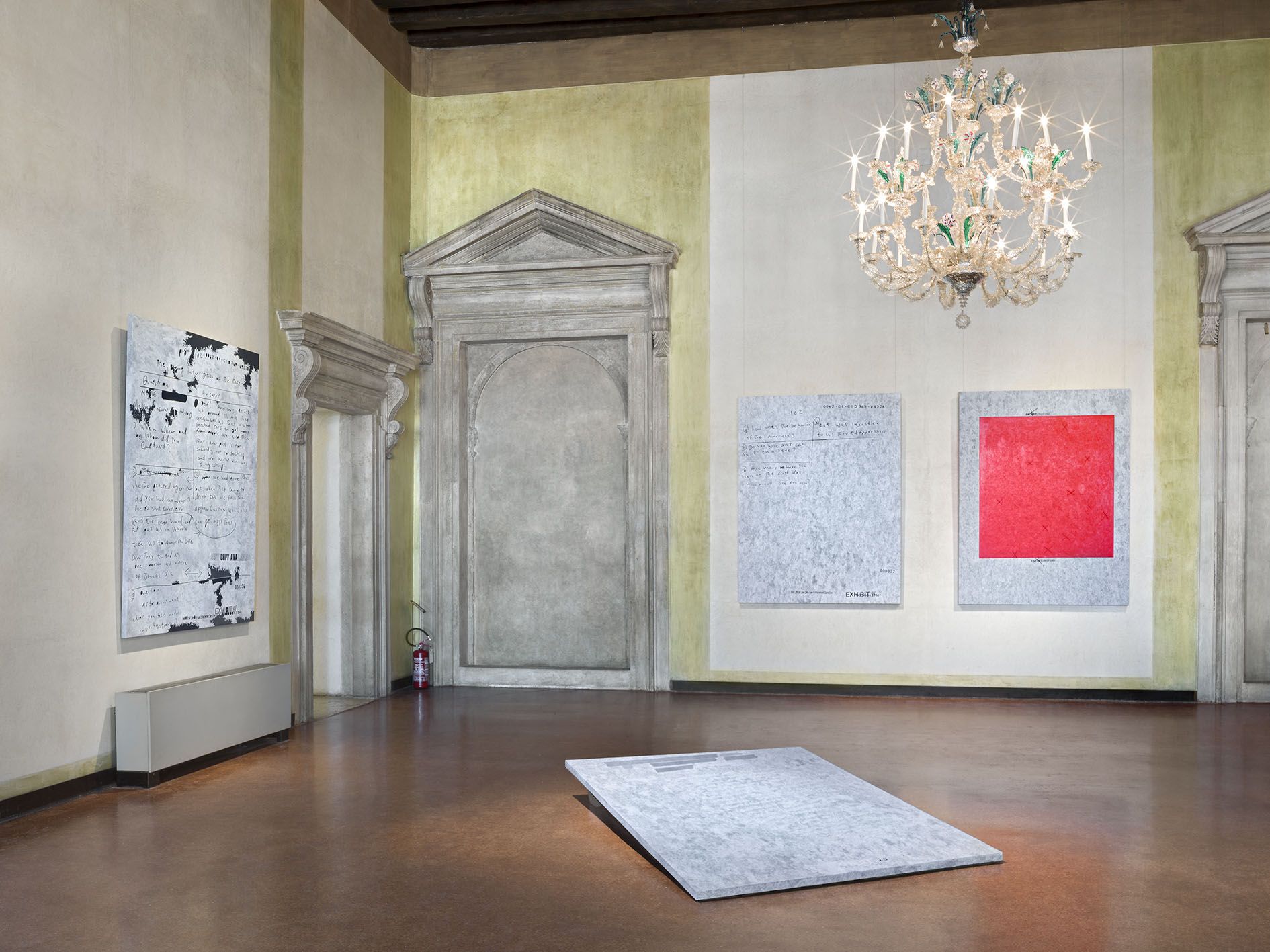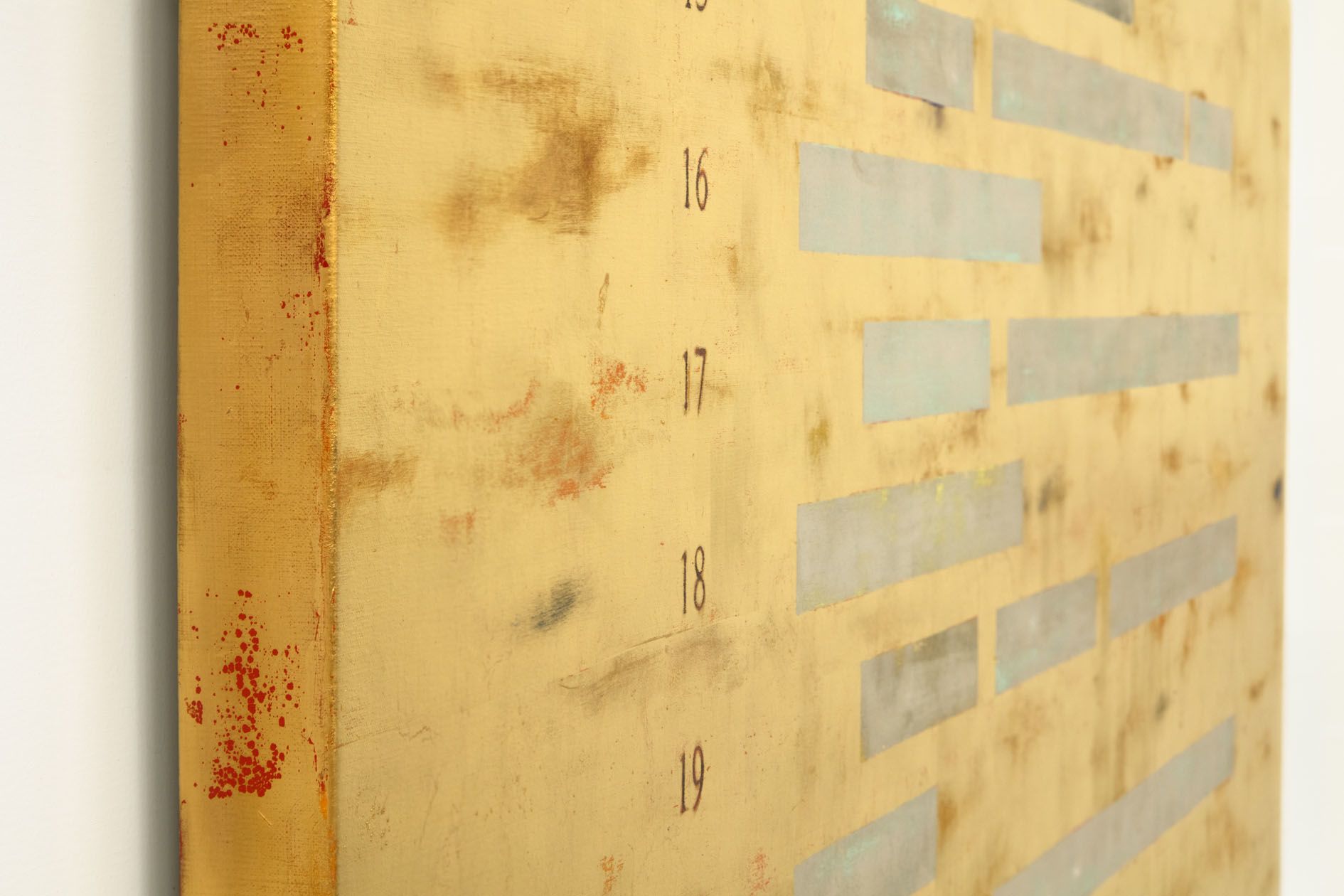Jenny Holzer (*1950, Gallipolis, OH) lives and works in New York. Selected solo shows include Guggenheim Museum, Bilbao (2019), and Tate Modern, London (2019), Massachusetts Museum of Modern Art, North Adams (2017–present), Blenheim Art Foundation, Woodstock (2017), Lune Rouge and Art Projects Ibiza (2016), Museo Correr, Venice (2015), Neue Nationalgalerie, Berlin (2011, 2001), DHC/ART Foundation for Contemporary Art, Montreal and The Baltic, Gateshead (both 2010), Foundation Beyeler, Basel and Whitney Museum of American Art, New York (both 2009), The Barbican Centre, London (2006), Walker Art Center, Minneapolis (1991), Hamburger Kunsthalle (2000), ICA, London (1988), as well as Dia Art Foundation, New York and Guggenheim Museum, New York (both 1989). Group shows include Museum of Fine Arts, Boston and The Walker Art Center, Minneapolis (both 2020), MoMA PS1, New York (2019), Whitney Museum, New York (2015, 1996, 1989, 1988, 1983), Hammer Museum, Los Angeles (2014), Hayward Gallery, London (2013, 1992), Malba, Buenos Aires (2012), Victoria and Albert Museum, London (2011), The Barbican Centre, London (2008), MoMA, New York (2008, 2005, 1997, 1996, 1992, 1988), Venice Biennale, Venice (2005), Centre Pompidou, Paris (2005, 2000, 1995, 1990, 1988), and documenta 8, Kassel (1987).




